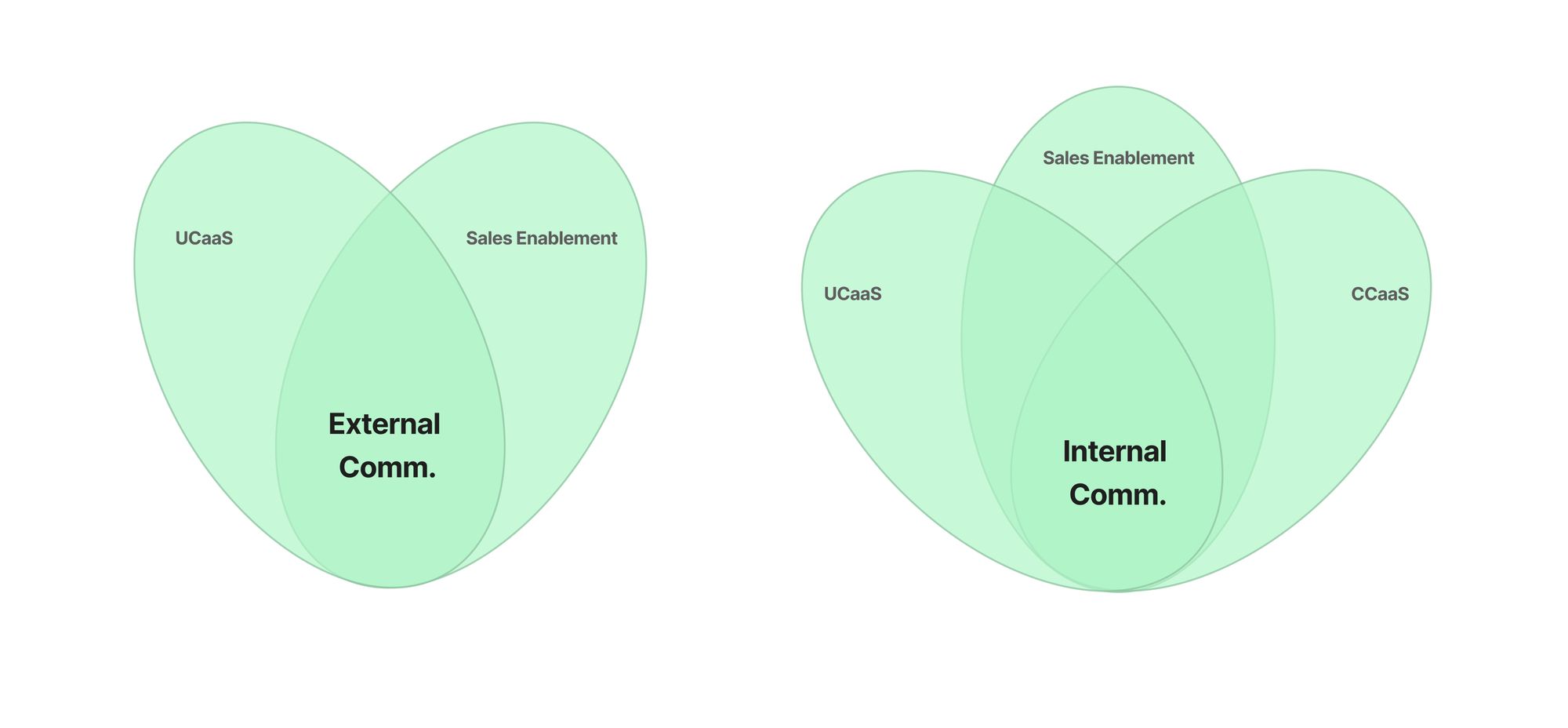Building a competitive video conferencing product for Dialpad
Background
Dialpad is a pre-IPO company with over $200m in revenue that designs groundbreaking, truly unified communication products—all powered by the most advanced communications Ai in the world. The company makes it easy for teams big and small to call, message, meet, and support their customers in one beautiful workspace.
As a Product Manager, I lead the ‘Ai Meetings’ product, where I ensure the product is on par with the incumbents yet has its niche so that it could be valuable to the customers.
Problem Definition
Build a competitive video conferencing product: Dialpad builds products that unifies all business communication needs, and what is more important than video conferences? However, in Dialpad’s portfolio, Ai Meetings had been under-invested for a while, making it outdated compared to other meeting solutions. It was important for Dialpad to offer world-class products across calling, messaging, meetings, and support that are ‘unified.’ Hence, one of the first problems of ‘Dialpad Ai Meetings’ was to have parity with meeting solutions.
Discovery
- The company builds various products for three industries:
- UCaaS (Universal Communication as a Service): Almost $80b industry includes products like calling, messaging, meetings, conference room solutions, etc., bundled into one product.
- CCaaS (Contact Center as a Service): A contact center product goes beyond voice-only ‘call centers’ and allows companies to communicate with customers through additional channels like text, email, chat, or social media to provide complete customer service. It is a $20b industry.
- Sales enablement: Relatively small (~$5b) but a new industry that focuses on improving the productivity of sales teams.
- UCaaS and Sales enablement use the Ai Meetings product for internal and external communications. While CCaaS, it is primarily used for internal communications.

- Since we were trying to build products that would be used across the industries for both internal and external, we had first to ensure that the product of the meeting fulfills the basic needs for video-based collaboration.
- After the pandemic, Meetings Solutions became a commoditized market dominated by Zoom, Google, and Microsoft. After doing the market research for both Meetings Solutions and UCaaS industry, along with speaking with our existing customers, we discovered two key areas to focus on:
- Parity of meeting solutions: Ensure the product provides at least ‘table stake’ features to communicate efficiently.
- Improve productivity of Digital Workers: With the rise in remote collaboration due to Covid-19, meeting fatigue has become the biggest problem. Hence, we focused on improving the customers' productivity so they don’t have to conduct redundant meetings.
Execution
- Since we focused on the parity of meeting solutions and productivity improvements, we worked on both initiatives in parallel throughout the year and more.
- Any meeting solution could be split into the following phases:
- Pre-Meeting: Everything that happens before the start of the meeting, like scheduling.
- Introduction: The first few minutes of the meeting where you define the agenda and introduce participants.
- Core Meetings: Where the actual discussion takes place.
- Conclusion: Last few minutes of the meetings where you summarize everything.
- Post Meeting: How you refer to the meeting once it is over.
- Based on the phases, we tried to find all the missing components of the product and implemented them. Most of them were ‘table stake’ features that helped us be closer to achieving parity with meeting solutions. This list included: virtual backgrounds, waiting rooms, unique meeting URLs for better security, emoji reactions, video recording, etc.

- Furthermore, we collaborated with Google, Microsoft, Salesforce, etc., to build seamless third-party integrations for calendars and scheduling. In addition to that, we built a whiteboarding feature in collaboration with Miro.
- Apart from meeting solutions parity, we focused on reducing meeting fatigue by improving productivity. We tried solving it with a combination of Ai and UX.
- We released meeting timers that remind people when a meeting is about to end so that people won’t spend any more time than necessary.
- We always focus on providing exceptionally good user experience (since our tagline is ‘Work beautifully’). We wanted all participants to join the meeting in any medium they were comfortable with, without downloading anything. That’s why Dialpad Meetings is a ‘browser-first’ video conferencing tool (unlike others where you need to download apps). We followed the same philosophy of mobile, where we were one of the earliest products to support mobile web-based meetings.
- In this age, Ai is the buzzword. But Dialpad has been investing in it for the last 6 years (especially after the acquisition of TalkIQ). And that’s why it was a cakewalk for us to release in-build transcriptions when even market leaders relied on third-party integrations for transcriptions.
- Powered by Ai, we also launched automatic and custom action items so that people know what needs to be done after the meeting.
Conclusion
- Within 12-18 months, we started appearing in the top 10 list of video conferencing products across many sites like G2Crowd, TrustPilot, Capterra, etc.
- Many analyst sites recognized us. Some of these recognitions include being a leader in FrostRadar™ for Global Cloud Meetings and Team Collaboration Market, first-time inclusion in Gartner Market Guide for Meeting Solutions, innovator in Aragon Research Globe for Intelligent Video Conferencing, Visionary in the Gartner Magic Quadrant for UCaaS, and many more.
- All the constant endeavors in the quality of the products helped us achieve a consistent NPS of 65!
You might also like
Get the latest posts delivered right to your inbox.
Prefer RSS? Use this URL in your favorite RSS reader: https://nihar.sawant.me/rss